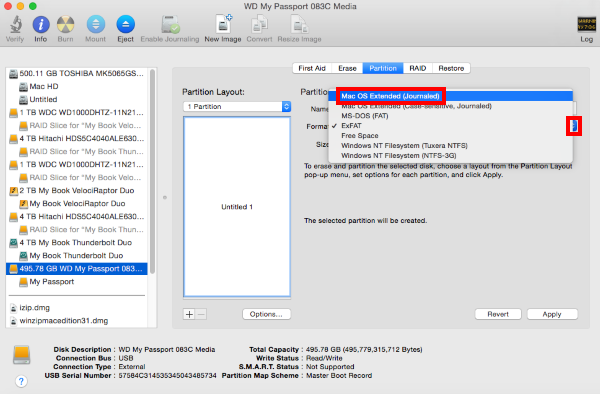Excel For Mac How To Carriage Return In A Cell
Remove Carriage Returns manually Pros: the fastest way. Cons: no any additional features:(. Please find the steps for eliminating line breaks using Find and Replace: • Select all cells where you want to remove or replace carriage returns.
How do you enter a carriage return or CHAR(13) in a worksheet cell manually?I'm not talking about a line feed or CHAR(10).  I've seen this in a file and the carriage return had a very weird effect on the cell contents, but I can't reproduce it manually. 'Does anyone know of any Excel 2003 VBA macro code that can remove carriage returns from the text values in cells? I foolishly thought I could have the macro do a Find and Replace, but I can't seem to get the macro to recognize a carriage return as the text to find. If you hold down the 'Shift' key and press the 'Enter' key, you create a soft line break, also known as a shift-return. This is different from a carriage return or hard line break. I am an Excel power user and do about 90% of my work in Excel. I just recently moved over to the Mac and am dying not being able to do carriage returns within Excel.
I've seen this in a file and the carriage return had a very weird effect on the cell contents, but I can't reproduce it manually. 'Does anyone know of any Excel 2003 VBA macro code that can remove carriage returns from the text values in cells? I foolishly thought I could have the macro do a Find and Replace, but I can't seem to get the macro to recognize a carriage return as the text to find. If you hold down the 'Shift' key and press the 'Enter' key, you create a soft line break, also known as a shift-return. This is different from a carriage return or hard line break. I am an Excel power user and do about 90% of my work in Excel. I just recently moved over to the Mac and am dying not being able to do carriage returns within Excel.
I thought I bookmarked the page, but I can't find it again. PLEASE HELP!!! What is the value that creates a carriage return? Thanks, but I can't seem to get that to work. I am working on a Win7 VM running on a MAC, so I'm not sure if the alt key on my keyboard works differently.
On 10/9/09 11:34 PM, in article 59b7e4ca.-1@webcrossing.caR9absDaxw, ' wrote: I don't think you can. You are not able to enter a formula (or the line break character) in the find box. And, there is a further complication in that the character that causes a line break within a cell in the Mac is an ASCII 13, a carriage return. A line feed character (ASCII 10) is interpreted as a space character within a cell on a Mac. -- Bob Greenblatt [MVP], Macintosh bobgreenblattATmsnDOTcom John McGhie, 3:23 น.
Thanks again.:) -- Sandy my ISP is earthlink.net -- put sfoster1(at) in front. Posted:, 06:30 PM In article, James Bailey wrote: > Or, if you're on a standard Mac keyboard that doesn't have a proper 'alt' > key, you have to copy and paste a shift+return from a word processor (i.e., > word) What 'standard Mac keyboard' doesn't have an Option/Alt key? Older keyboards were labeled 'option', both my laptop and desktop keyboards have a dual label, 'option' and 'alt'. Or am I misunderstanding.
I have an excel worksheet that adds two other worksheets in a data triangle. I copied it to create a new data set and used find & replace to change the worksheet references to the new ones.
• Count by Colors, Paging Subtotals, Advanced Sort and Super Filter, • More Select/Insert/Delete/Text/Format/Link/Comment/Workbooks/Worksheets Tools.
Just type the first line, hit Alt + Enter and type the second line. Wondershare video studio express. The result is virtually the same as above, however, if you copy and paste this to Word, for instance, you'll end up with a line break. Or if you export to CSV or other text format, you may get unexpected results.
Carriage Return Example
Posted:, 06:44 PM Well, every keyboard I've ever had has the option key with the little alt on it as well, but no amount of option-enter has ever produced a soft-return for me in any program on my Macs. Maybe it's me. On 8/5/05 11:30 AM, in article, 'JE McGimpsey' wrote: > In article, James Bailey > wrote: > >> Or, if you're on a standard Mac keyboard that doesn't have a proper 'alt' >> key, you have to copy and paste a shift+return from a word processor (i.e., >> word) > > What 'standard Mac keyboard' doesn't have an Option/Alt key? Older > keyboards were labeled 'option', both my laptop and desktop keyboards > have a dual label, 'option' and 'alt'. Raw image processing for mac.
This is quite bizarre. Has anyone ever seen this before? I have no idea what is going on. I ran a scan for viruses and none were found. I tried it on several new/different spreadsheets but it keeps happening.

I am using the REPLACE() function to change the “Hi ” (including the space) to “Hi”&Char(10) where Char(10) is the new line character. The 1,3 part says to start at position 1 and move 3 characters over in the old text so the function knows where the replacement needs to happen. You can also use the Find() and Len() functions here to get the starting position of the word and the length of the word. I’ll definitely make a new post on those functions soon, so be sure to sign up for the newsletter if you want to see when that comes out 🙂 I hope this helps! Hi Gunnar, I’m afraid I don’t follow. If your data is in a text file, how are you bringing it into Excel?